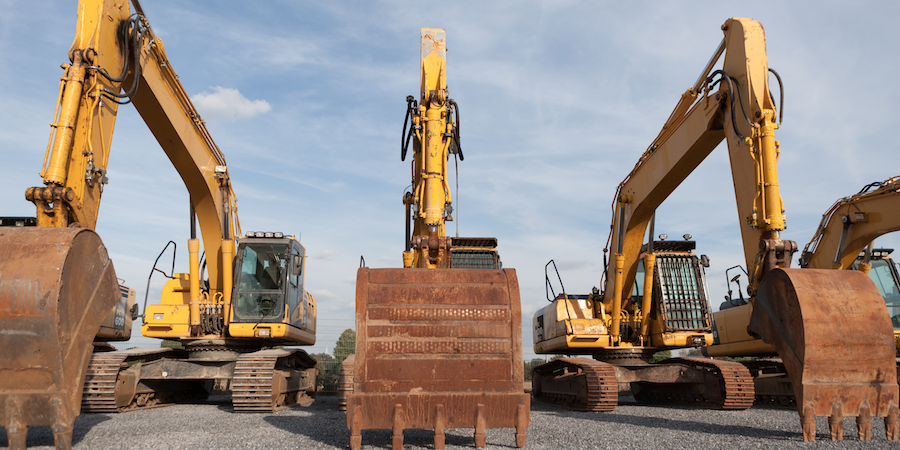Construction Citizen has been following this issue for the last few months and most of our efforts have been to track the progress of the laws being introduced in the various states to make misclassification a criminal offense. We have also mentioned that Congress has the opportunity to pass federal legislation under the Employee Misclassification Prevention Act introduced as HR 5107 in the House and S 3254 in the Senate.For those of you who are using the 1099 independent contractor approach for your contingent workforce, we have found some guidelines that might help you in your efforts especially in this economy.
Reshaping the Construction Industry



Construction Citizen received a video from a fan yesterday. It shows some guys in hard hats walking onto a Whiting -Turner Construction site in Abington, Pa. and asking the laborers for their papers in an effort to determine whether they were legal. They were not ICE or Department of Labor. They began by telling everyone that they were not in any trouble, but that they were just trying to understand whether they are “undocumented” workers. What they were told is an example of what Construction Citizen has been telling you about wage theft and worker misclassification. It is also a classic example of how a general contractor can, in good faith, hire a sub contractor and the sub, in turn, hires “undocumenteds” or contracts with a labor broker to do the work.
August 06, 2010


For anyone wondering who hit the reset button on the economy and also wondering just exactly what is going on, I recommend that you order a copy of The Great Reset: How New Ways...
August 06, 2010


With the advent of the Arizona Immigration law, SB 1070, the filing of Amicus Briefs by 27 states, and the challenge to the Arizona law, many of us are not watching the Wage Theft and Employee Misclassification movement underway in a large number of states.This movement involves religious organizations like Interfaith Worker Justice and Centro de Trabajadores Unidos. It has spread through Florida, New York, Chicago, Iowa, New Jersey, New Mexico and New Hampshire. Most of the laws focus on the misclassification of workers as temporary or independent contractors where the result on the workers can be devastating and substantial. The laws impose stiff penalties on employers in a broad range of industries who have a history of wage theft through misclassification.
August 05, 2010


A recent discussion about Building Information Modeling (BIM) on a McGraw Hill Construction forum provides some interesting reading as small business owners were asked about their...
August 04, 2010


SB 1070, the Arizona immigration bill passed and is in force, almost. The US Department of Justice filed suit and won a restraining order to stop certain parts of the bill....
August 03, 2010


The BP oil spill has taken a positive turn in the Gulf and the next issue for the major news media and all of the bloggers will be the happenings in Arizona. The Arizona...
July 28, 2010


Matt Capece tracks the issue of worker misclassification and off the books payments for the United Brotherhood of Carpenters and Joiners of America, whose home office is in Derby...
July 26, 2010


In a message posted last February by Mark H. Ayers, president of Building & Construction Trades Department, Mr. Ayers expresses his frustration with the prevalent practice of misclassification of workers in order to get away with under-compensating workers in the industry. One major side-effect of misclassification is workers not receiving deserved benefits such as health insurance. Ayres points out that lack of affordable health care options for those who are misclassified as independent contractors results in high numbers of uninsured workers. This ultimately costs the taxpayers money in higher emergency room costs for the uninsured and their families. Ayres writes: “The construction industry – again, an industry dominated by the utilization of a low-wage, low-skill workforce – saddles the U.S. health care system with the highest injury and illness rate among all private industries. In fact, it has the highest rate of non-fatal injuries and illnesses of any American industry, and it has three times the fatality rate of other private industries.
July 25, 2010


We made mention of this subject in an earlier blog post and we have seen several other discussions that talk about the pros and cons of Integrated Project Delivery (IPD) as part...
July 23, 2010



.jpeg?itok=6uFZXEBH)





.jpeg?itok=4Vi_1nJG)








